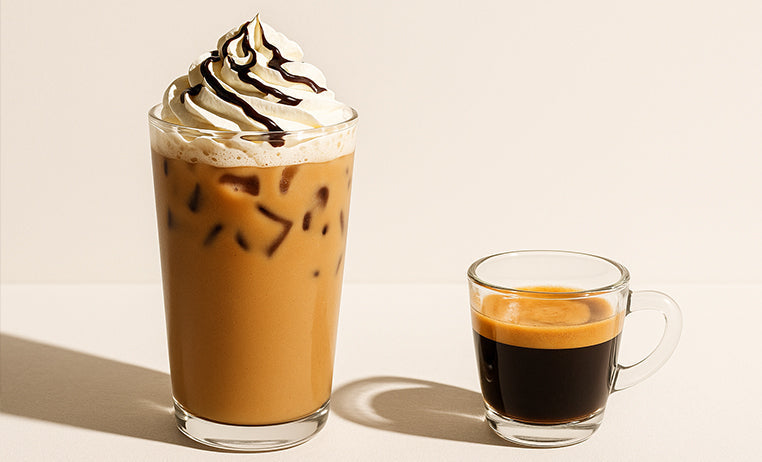What’s the Healthiest Coffee to Drink? Experts Break It Down

Coffee is more than just a morning ritual—it’s part of a wellness conversation. As more health-conscious drinkers explore their options, the question comes up often: What’s the healthiest coffee to drink? The answer isn’t just about calories or caffeine; it’s about bean quality, brewing methods, and even your filter choice. Let’s break it down and help you make smarter, gut-friendly coffee choices at home.
What Makes a Coffee “Healthy”?
A truly healthy coffee is one that supports your body, is gentle on your digestive system, and minimizes harmful compounds. Key factors to consider include:
-
Low acidity: Easier on sensitive stomachs and people with IBS or GERD.
-
Free from contaminants: Organic, mycotoxin-free beans reduce exposure to mold and pesticides.
-
Brewing method: The way you brew your coffee can significantly impact its health benefits.
The Organic and Mold-Free Coffee Debate
When shopping for beans, organic coffee is usually the safer choice. Organic farming avoids harsh chemicals and pesticides that could linger in your cup.
Another rising concern is mycotoxins, toxic substances produced by certain molds that can grow on improperly stored coffee beans. While most commercial beans are considered safe, choosing high-quality, mold-tested beans can give you peace of mind—especially if you drink coffee daily.
Light Roast vs. Dark Roast: Which is Healthier?
Both light and dark roasts have their pros, but if your goal is gut-friendly coffee, medium to dark roasts are generally better.
-
Light roasts retain more acidity, which can trigger heartburn or stomach discomfort for sensitive drinkers.
-
Dark roasts tend to be lower in acid and easier to digest.
Dark roasts also contain compounds that may help reduce stomach acid production—a plus for those with GERD.
Healthiest Brewing Methods
If you want to maximize the health benefits of your coffee, the way you brew it matters just as much as the beans.
-
Pour-Over: Brewing with a Delta Pour Over Set and a paper filter is one of the healthiest options. Paper filters trap oily compounds like cafestol, which can raise cholesterol.
-
Cold Brew: Naturally lower in acidity, cold brew is a great choice for people with sensitive stomachs.
Avoid methods like French press or espresso if you’re concerned about cholesterol, as they don’t use paper filters and allow more oils to pass through.
Why Filter Type Matters
Using unbleached paper filters is a small but important step for brewing healthier coffee. They’re free from chemical residues and effectively trap cafestol and other unwanted oils.
Pairing the Delta Pour Over Set with the O20 Manual Coffee Grinder gives you complete control over grind size, extraction time, and water temperature—all of which contribute to a cleaner, balanced cup.
Top Tips for a Healthier Brew
-
Choose organic, high-quality beans.
-
Opt for mold-free (mycotoxin-tested) coffee when possible.
-
Use a medium or dark roast to reduce acidity.
-
Brew with paper filters using a pour-over method.
-
Grind fresh with a manual grinder like the O20 for better flavor and control.
-
Try cold brew for a naturally low-acid option.
-
Skip added sugars and artificial creamers.
Final Sip
The healthiest coffee isn’t about giving up your favorite drink—it’s about making simple, informed choices. With the right beans, the right tools, and smart brewing techniques, you can enjoy a delicious cup that’s both satisfying and gentle on your body.
Upgrade your daily brew with the O20 Manual Coffee Grinder and Delta Pour Over Set—perfect partners for a cleaner, healthier coffee experience.

















Leave a comment